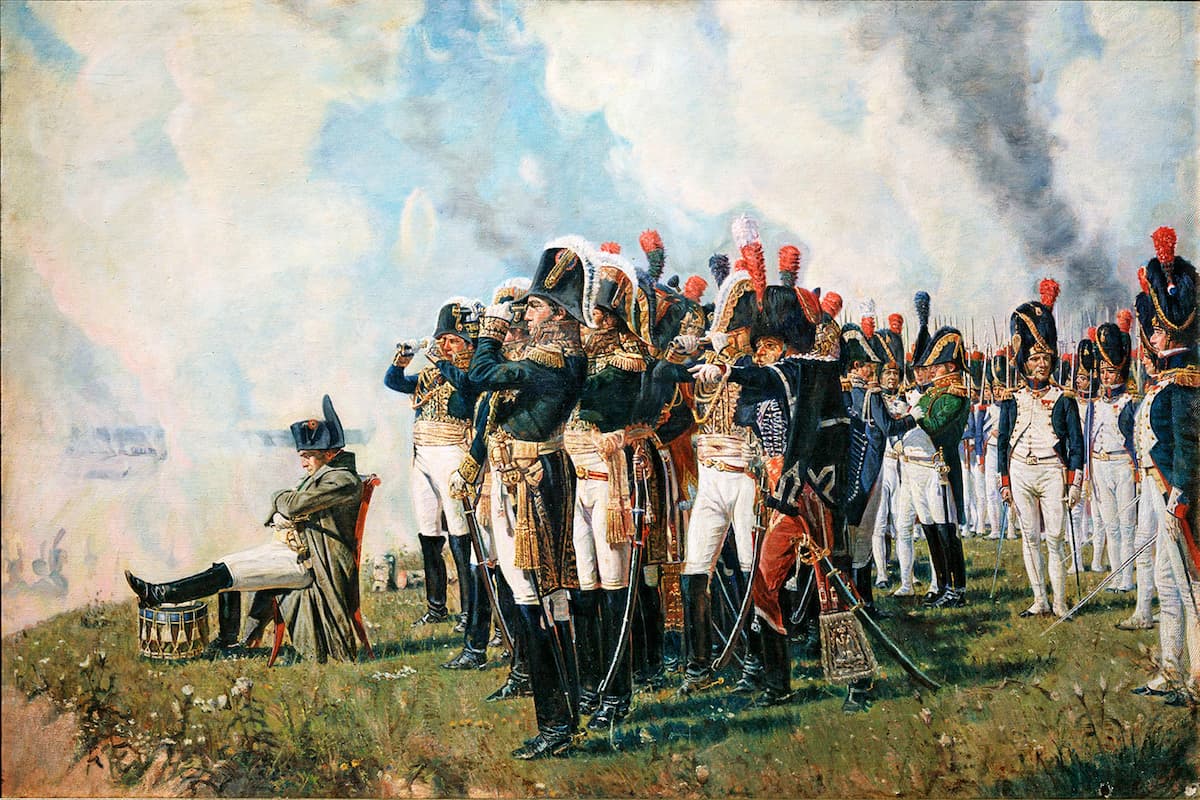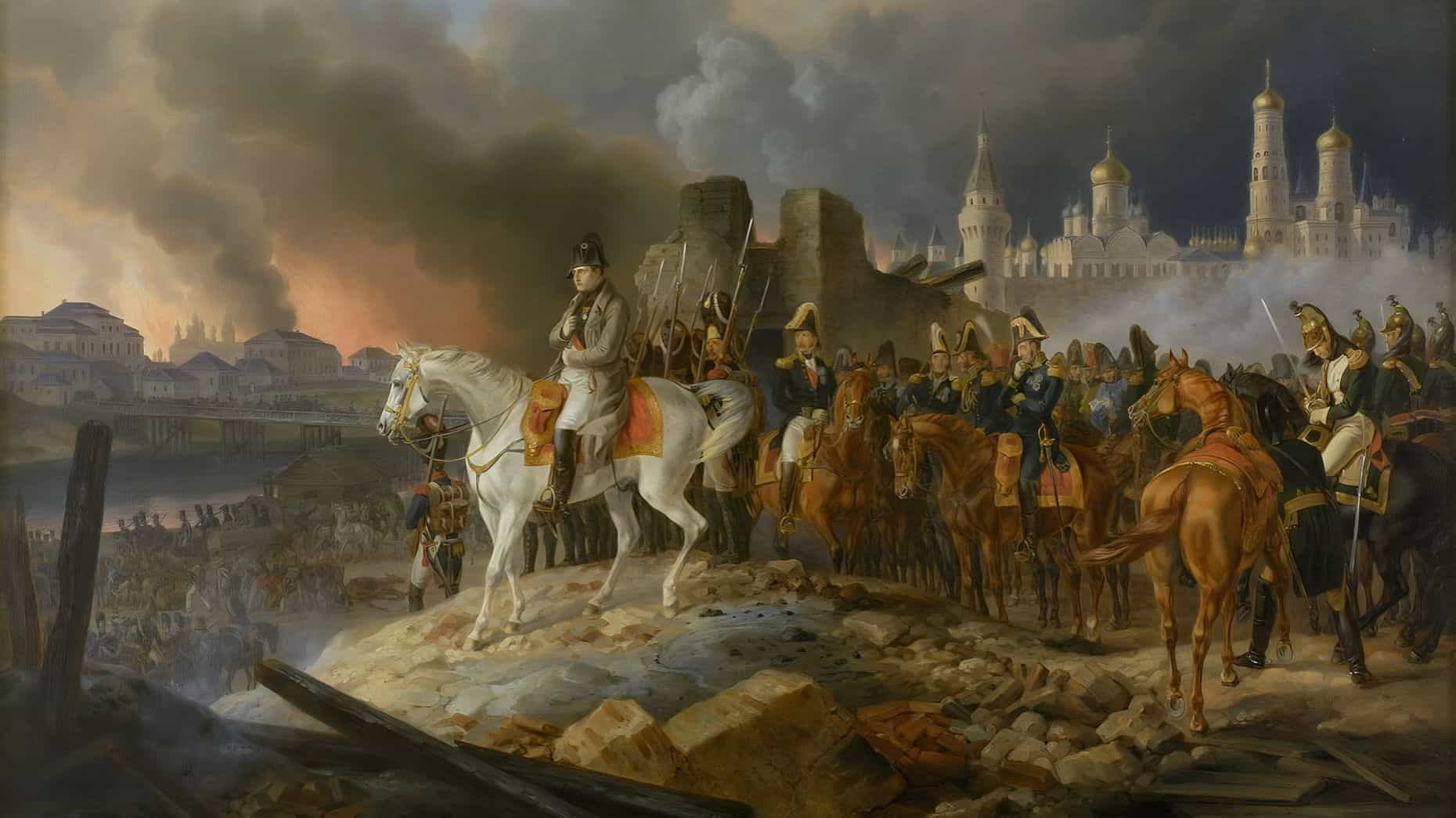Storming of the Bastille: History of the Events
One of the catalysts for the French Revolution was the Storming of the Bastille, a stronghold that served as a jail, on July 14, 1789. The national holiday was declared on July 14, a date that has come to represent this.






